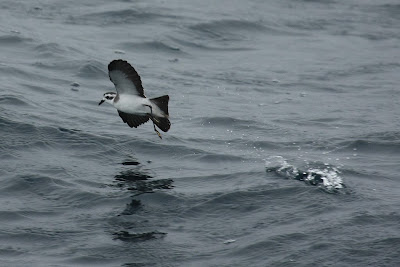 |
| Great Cormorant, ©omarrun, via Flickr Creative Commons. |
 |
| Great Cormorant sketch. |
 |
| Great Cormorant, ©omarrun, via Flickr Creative Commons. |
 |
| Great Cormorant sketch. |
 |
| Dalmatian Pelican, ©Pbrundel, via Wikimedia Commons. |
 |
| Dalmatian Pelican sketch. |
 |
| Front cover. |
 |
| Inside pages. |
 |
| Inside pages. |
 |
| Inside pages. |
 |
| Back cover. |
 |
| Felt-tip flamingoes! |
 |
| Peregrine drawing, I remember being pretty pleased with this one! |
 |
| Kestrel watercolour painting. I remember being less happy with this one than the peregrine! |
 |
| Blue Tit watercolour painting in an interesting simplified style. |
 |
| Blue Tit felt-tip pen drawing. |
 |
| Kittiwake pencil and felt-tip drawing. |
 |
| Horned Puffin pencil drawing. |
 |
| Great White Pelican, ©Tarique Sani, via Flickr Creative Commons. |
 |
| Great White Pelican sketch. |
 |
| This was in the ladies' toilets at the visitor centre. Which meant I could watch a Swallow chick being fed whilst doing a wee. A unique experience. |
 |
| Comma (Polygonum c-album). |
 |
| A very worn out Ringlet (Aphantopus hyperantus). |
 |
| More excitement, Small Copper (Lycaena phlaeas)! |
 |
| Lingonberry (Vaccinium vitis-idaea). |
 |
| YUM (Stockholm 07/01/2011). |
 |
| Lovely Cannock Chase, mmmm. |
 |
| Black-browed Albatross, ©Liam Quinn, via Flickr Creative Commons. |
 |
| Black-browed Albatross. |
 |
| Brown Booby, ©Mike's Birds, via Flickr Creative Commons. |
 |
| Brown Booby sketch. |
 |
| Gannet, ©squallidon, via Flickr Creative Commons. |
 |
| Northern Gannet drawing |
 |
| White-faced Storm Petrel, ©Seabamirum, via Flickr Creative Commons. |
 |
| White-faced Storm Petrel sketch. |
 |
| Swinhoe's Storm Petrel, ©Francis Yap, used with permission. |
 |
| Swinhoe's Storm Petrel sketch. |
 |
| Madeiran Storm Petrel, ©Martin Lofgren, used with permission. |
 |
| Madeiran Storm Petrel sketch. |
 |
| Leach's Storm Petrel, ©C. Schlawe/USFWS, via Wikimedia Commons. |
 |
| Leach's Storm Petrel sketch. |
 |
| I know there are only eight Tuftie chicks here. This was before the last and smallest one propelled itself out of the water at high speed to join the rest! |
 |
| The juvenile Mute Swans paddling with some urgency past the hide...... |
 |
| .....followed seconds later by this big fella. |
 |
| For some reason I thought this might be something different, but I think it's just our old friend Common Bird's-foot-trefoil (Lotus corniculatus). |
 |
| Growing in the damp area under the hide swingbridge, Water Mint (Mentha aquatica). |
 |
| Loads of this in the grassland areas on the way down to the marsh screen, Great Burnet (Sanguisorba officinalis). |
 |
| Peacock (Inachis io). |
 |
| Small White (Pieris rapae). |
 |
| Sketches of House Martin, Common Sandpiper and Lapwing. |